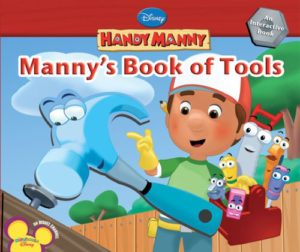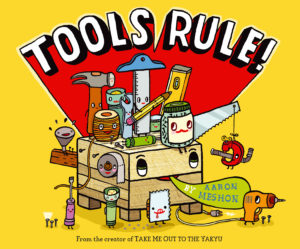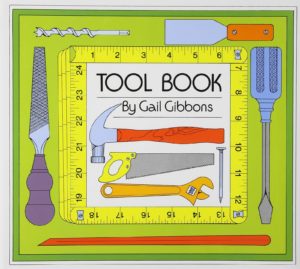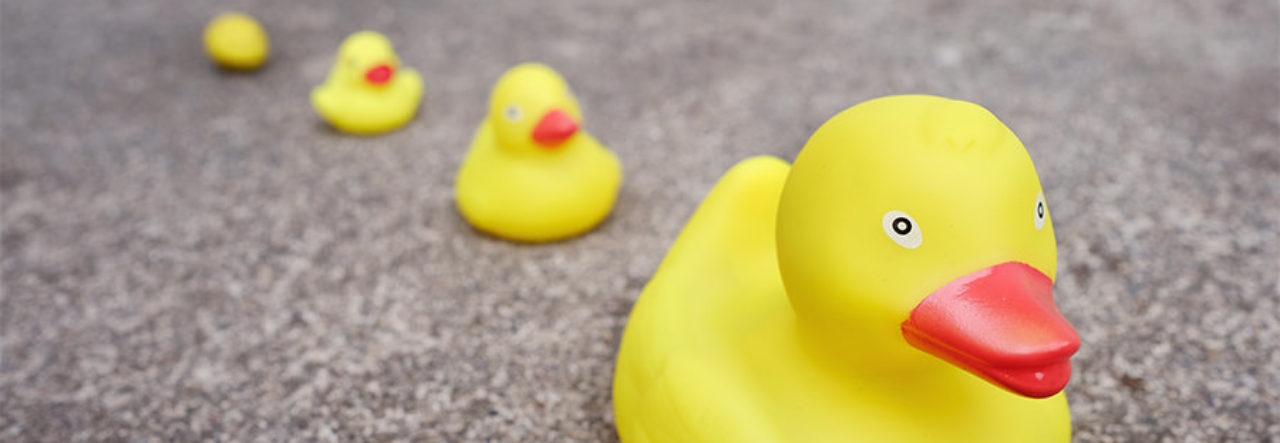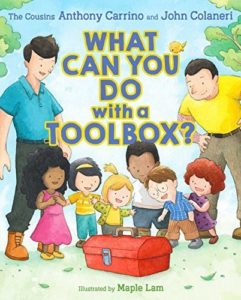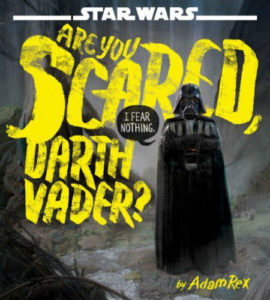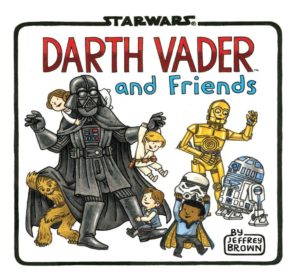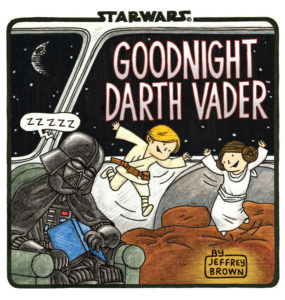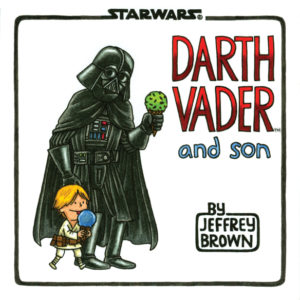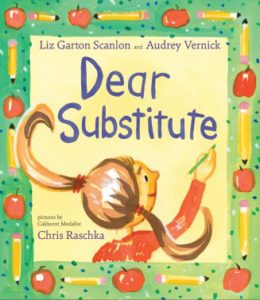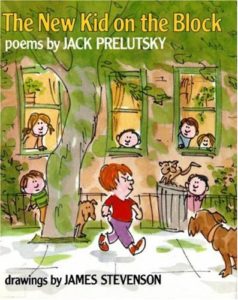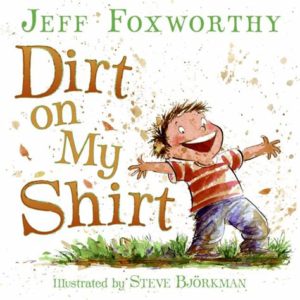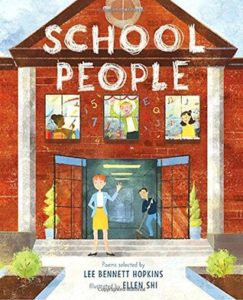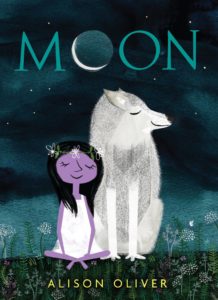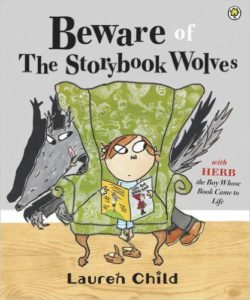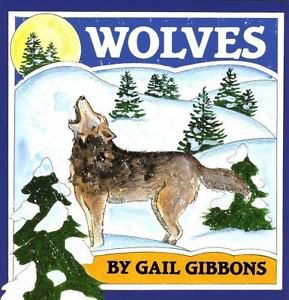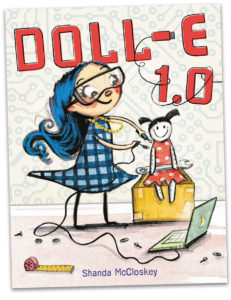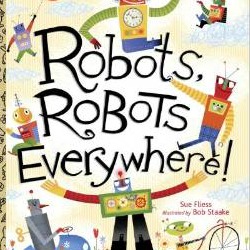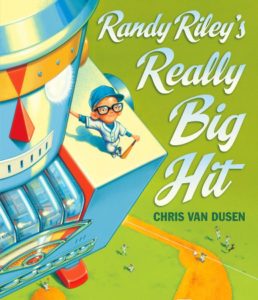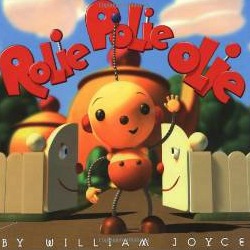What Can You Do with a Toolbox?
Author: Anthony Carrino and John Colaneri
Illustrator: Maple Lam
Paula Wiseman Books
28 August 2018
32 pages
From HGTV stars, cousins, and best friends John Colaneri and Anthony Carrino comes this new picture book that introduces young readers to the tools in every toolbox, and shows how to use them, too.
Need some reviews of What Can You Do with a Toolbox?
And here’s a brief interview with the authors about the book.
Educational Activities inspired by John Colaneri and Anthony Carrino’s What Can You Do with a Toolbox?:
- Before Reading–Ask students:
- “Which people in your life have their own toolbox? What do they use it for?”
- “What do YOU expect to find in a toolbox? What do you NOT expect to find in a toolbox?”
- “What do you notice about the front cover of this book? About the back cover?”
- After Reading–Which of the tools mentioned in this book looks like the most fun to use? Why/why not?
- Crafts–(As the book says, always enlist the help of an adult when using tools!) Consider using tools to make your own cool project. Some ideas:
- Drawing–In this story, one of the things that they use tools to build is a playground. If you were in charge of the playground design, what would it look like? What type of playground equipment and toys would it have? What wouldn’t it have? Use colored pencils or crayons and paper to draw that perfect playground.
- Invention–The tools mentioned in this book–hammer, screwdriver, and wrench–are quite commonly found in a toolbox. Create your own new tool. What’s it called? What does it do? What does it look like? Use colored pencils or crayons and paper to draw your new tool.
- Further Reading–This book is all about tools as well as how to use them! Read one or more of the following picture books which are also about tools. Which book do you most enjoy? Which book makes tools look the most cool? In which book would you most like to be a character? Why?
(Click on the book cover for more information on any of these titles!)
